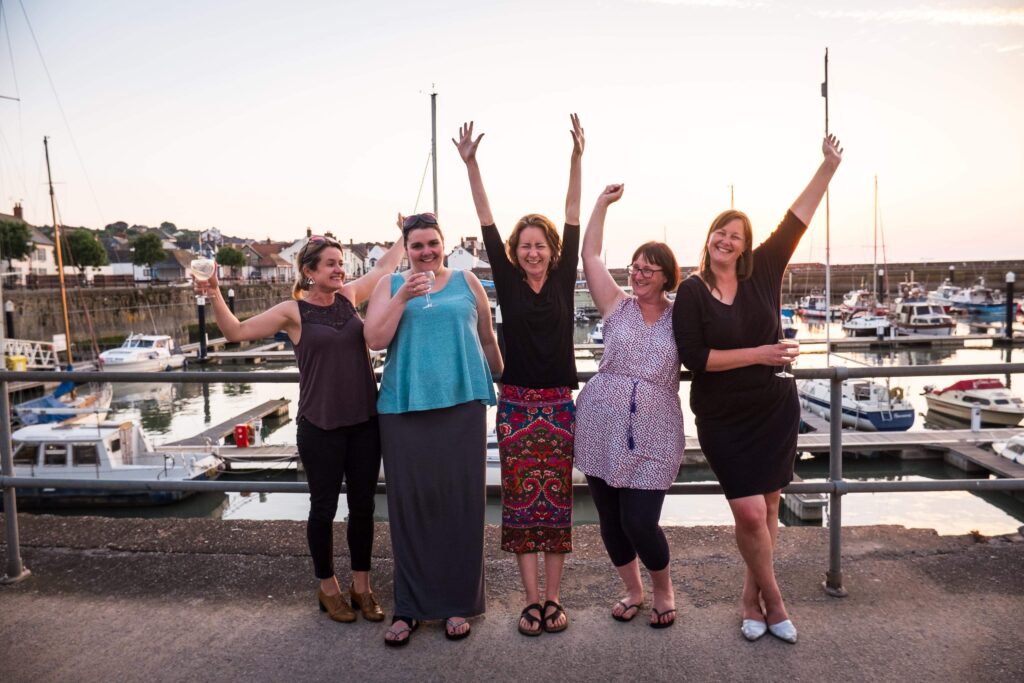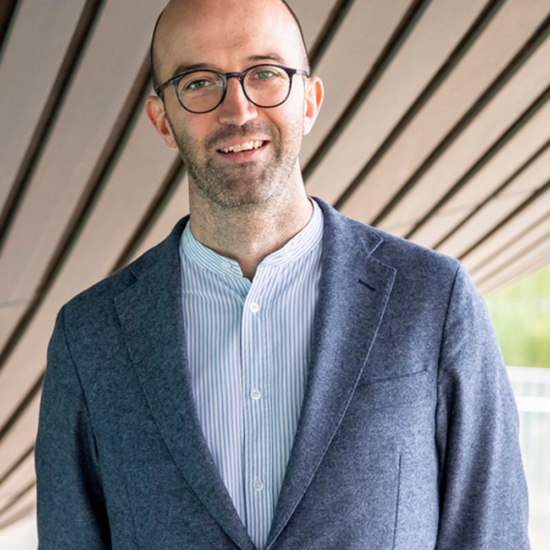
Funding place-based systemic change: Onion Collective CIC case study
The funding place-based systemic change project includes a series of case studies from places and organisations that are learning to change systems. The framework for place-based systemic change describes five approaches to change.
This case study describes approach 4: whole place thinking.
These are approaches that start and end by thinking about the whole place, whether through the ambition of a group of local people, or a highly defined and funded intervention that begins with strategic collaboration across. They start by thinking about the whole, and so there is a potential to work systemically quickly. Their novelty and ambition are both their systemic strength and challenge.
Summary approach and learning
This approach to PBSC is about the values and ambition of a small group of people. What started as a plan to rejuvenate the quay in Watchet, Somerset, through a classic, physical regeneration project morphed into something more systemic. In the act of consulting about the regeneration the real work of Onion Collective emerged. The consultation didn’t just change the project, it changed how the organisation thought about Watchet and their responsibility to the people – all the people – who lived there.
Different views and ideas emerged and it became clear that this heterogeneous perspective was the power of place-based change.

Onion Collective was set up in 2012 when a major development, in Watchet Somerset, fell through. A group of residents wanted to empower the community to make the decisions about what developments took place.
“We spent a lot of time talking about how somebody should do something to revitalise this town. There were obvious problems and obvious solutions. In the end, we did it.”
Watchet is not that easy to get to via public transport. It hasn’t been overrun by tourism, although it’s only down the road from Minehead, and it’s a little isolated. Each member of the Onion Collective had left Watchet and then returned so they had both roots and perspective. They shared a vision for social, economic, environmental and cultural justice.
Place-based work

Onion’s work started as being about physical change in Watchet, and it still is. It is working for the community, trying to navigate private developers and council priorities, and funding streams. Now it also works on art, culture and heritage projects, supporting young people and the development of their skills, working on community ownership and social action, building and nurturing local networks. In 2015, following the closure of paper mill, and the resulting loss of 170 local jobs, Onion began to research what new industry could create jobs and reinvigorate the town in an environmentally sustainable way. They took on this leadership role, not to direct but because they had the capacity to lead.
Relationships

Onion has taken on a range of roles that are sometimes wonderfully complementary and occasionally fraught with tension, they have an evolving relationship with the different levels of local government and the different traditions of local civic leadership.
Back in 2014 none of the people involved in Onion had thought the boat museum was a priority, but consultation revealed that the community did.
“Consultation and engagement became the bedrock of what we did.”
Raising £500,000 and building a business model around the boat museum, which they run to this day, gave Onion two types of credibility; they listen and they get things done.
Onion has become something of a backbone organisation for so much of what is going on in Watchet.
Resourcing and operating
Onion’s business model is not about commissions or about a steady income stream. It relies on grant funding for projects, and then the ideas are built around the funded projects. The core of Onion is not funded because there is no asset, no commissionable service and no saleable product. This has necessitated grants and finance from a variety of sources and also means there have been months without pay, overtime and exhaustion.
They use business consultancy, mainly social impact work, to fill funding gaps but have found that this work often distracts from the work they are passionate about. As a result, Onion’s model is mainly reliant on new ideas to bring in resource. With no asset to rely on it both is exciting and exhausting. This will change when their East Quay project opens next summer and with the establishment of the mycelium biomanufacturing facility later this year, when they will add major assets and production to their income potential.
“Hardest bit to fundraise for is time to think. You don’t get ideas out of nothing. They come from thinking, mistakes, practice and trial and error, and nobody wants to pay for that. If somebody would just give me half a year’s salary…It’s the bit that changes the world. It’s the systems thinking that is going to change the world, and there is no time for that.”
Looking ahead
Onion Collective’s work is inspiring because of the connection from idea, to people, to place, to planet. What started as a vehicle to talk about regeneration, now uses the place as the route to engage local people in social, economic, cultural and environmental justice.
Onion is reframing a problem as much as it is solving a market failure but local politics and systems leave Watchet out on its own. As a single social enterprise in one small, isolated town it is hard to influence systems across a county.
The challenge of any whole-place thinking is who pays for something that is taking over a backbone role?
Find out more about the Funding for Systems Change project.
Read learning papers 1, 2 and 4

- Want to find out more?
- Contact John Hitchin on:
- 020 7033 2639
- j.hitchin@renaisi.com






